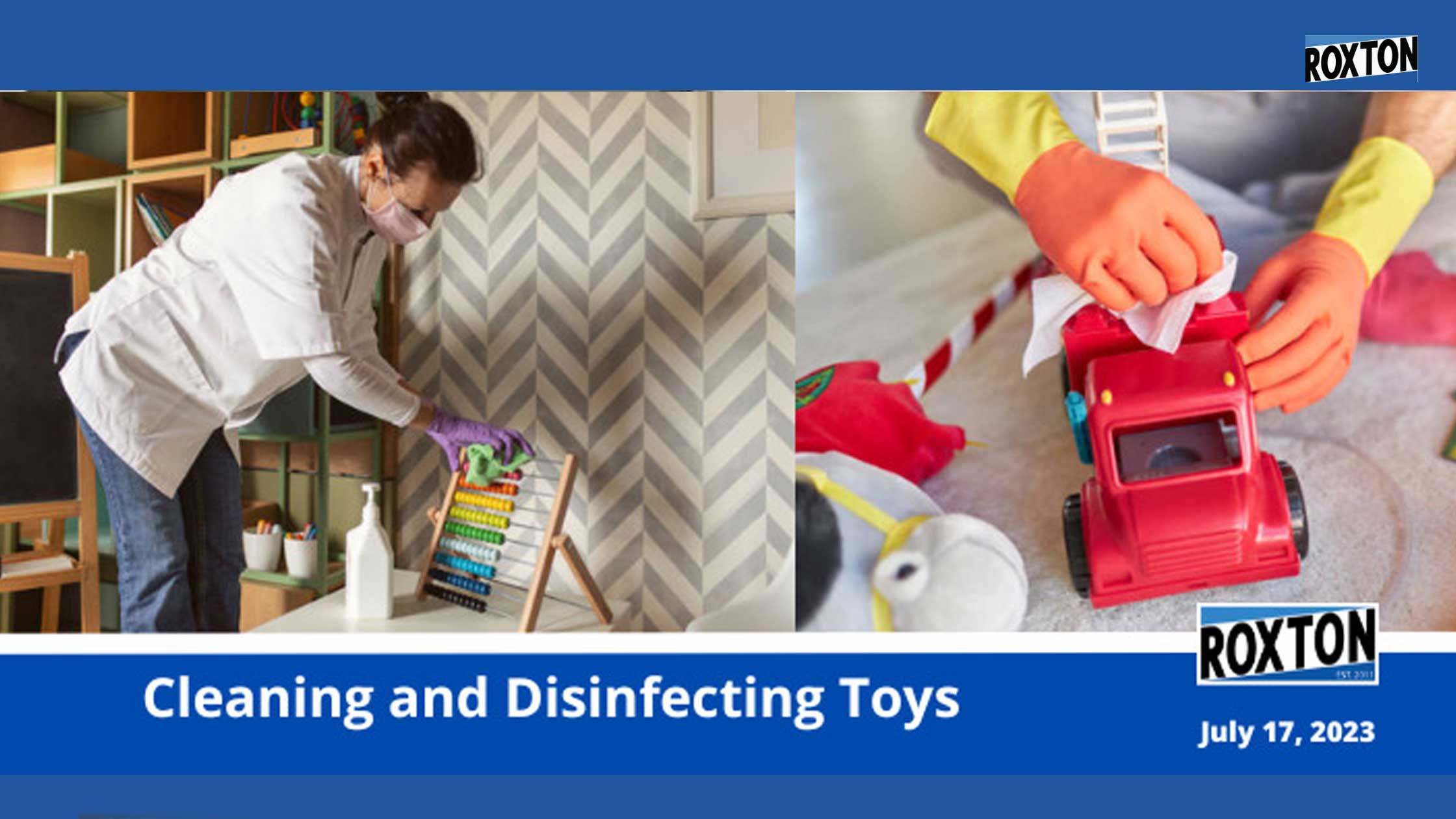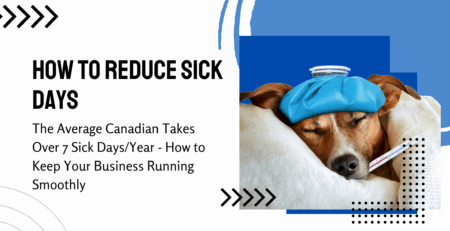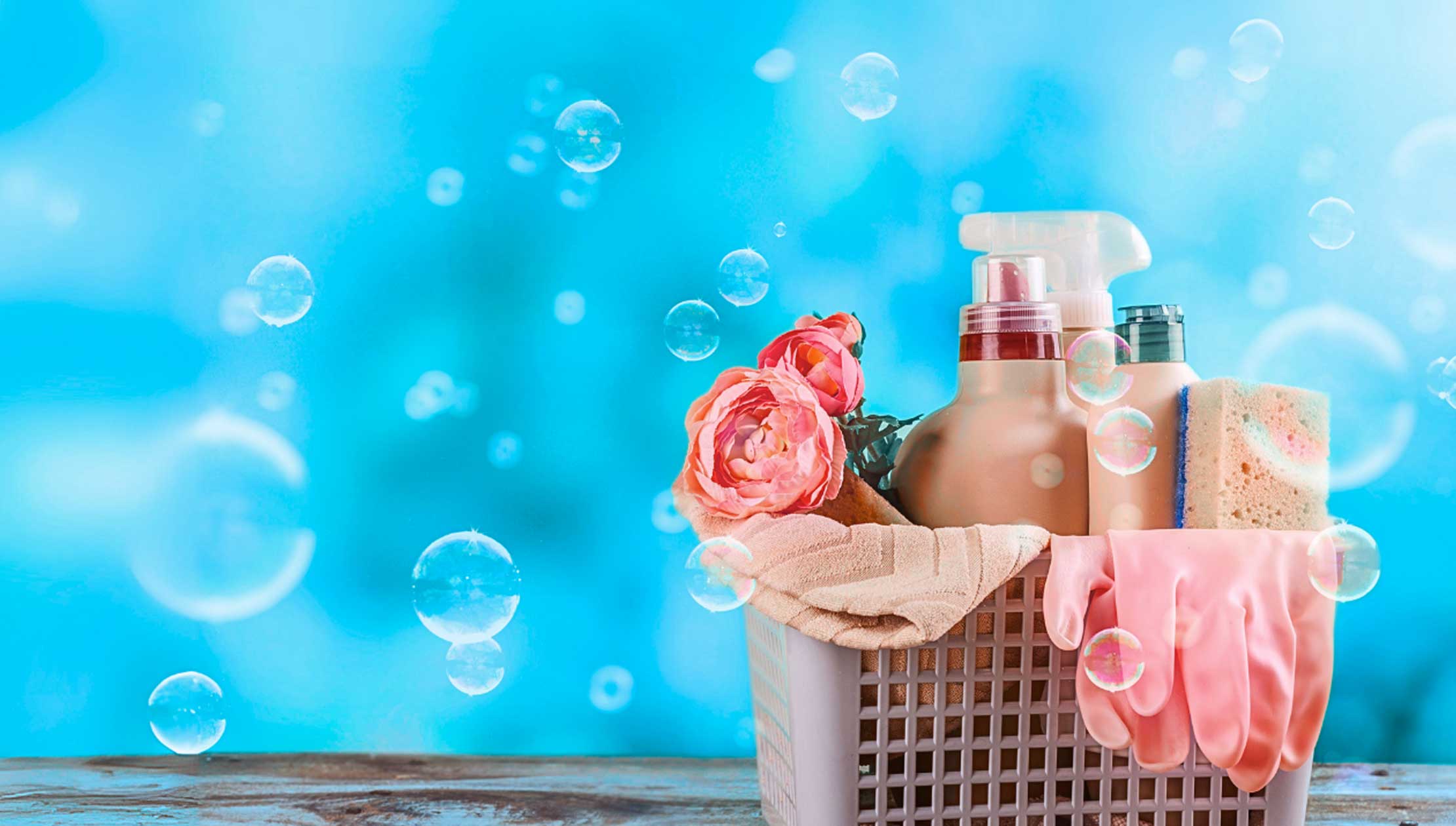Cleaning and Disinfecting Toys

As parents and caregivers, ensuring the safety and well-being of our children is a top priority. Toys can harbor germs and bacteria, posing a potential risk to children’s health. In this blog, we will discuss the importance of cleaning and disinfecting toys, as well as provide useful tips and guidelines to ensure the safety and hygiene of your children.
Why Clean and Disinfect Toys?
Children are naturally curious and explore their environment through play, which often involves touch and sharing toys with friends. This behavior increases the likelihood of transferring germs and bacteria from one child to another. Regular cleaning and disinfecting of toys help minimize the spread of harmful pathogens, reducing the risk of illnesses such as colds, flu, stomach bugs, and other infections.
Cleaning vs. Disinfecting
It’s important to understand the difference between cleaning and disinfecting when it comes to toy hygiene. Cleaning refers to the physical removal of dirt, debris, and visible stains from toys using soap and water. This step is essential before disinfection, as it helps eliminate surface contaminants.
Disinfecting, on the other hand, involves using a chemical agent or disinfectant to kill bacteria, viruses, and other pathogens that cannot be removed through cleaning alone. Disinfecting toys ensures that any unseen germs are eliminated, providing an additional layer of protection.
Choosing the Right Cleaning Products
When it comes to cleaning and disinfecting toys, it’s crucial to select safe and effective products. Here are some guidelines to consider:
- Read labels: Always read the labels on cleaning products to ensure they are suitable for use on toys. Look for non-toxic options.
- Use mild soap and water: For routine cleaning, mild dish soap and warm water are often sufficient. Avoid using harsh chemicals that may leave residue or be harmful to children.
- Disinfectant options: Choose products specifically designed for this purpose. Look for disinfectants that are safe for children and effective against a broad spectrum of pathogens.
Cleaning and Disinfecting Guidelines
Now that we understand the importance of cleaning and disinfecting toys and have selected appropriate products, let’s discuss some general guidelines to follow:
Clean before disinfecting: Start by cleaning toys with soap and water to remove visible dirt, grime, and debris. Rinse thoroughly and allow them to air dry.
Disinfection methods:
- Non-porous toys: Hard, non-porous toys like plastic, metal, and rubber can be submerged in a solution of water and a safe disinfectant. Follow the instructions on the disinfectant label for proper dilution and contact time.
- Porous toys: Soft toys such as plush animals and toys with electronics often cannot be submerged. These toys can be spot cleaned with a mild detergent or laundered if machine-washable. Alternatively, you can use disinfectant wipes on toys with electronics.
Drying and storage: After cleaning and disinfecting, allow the toys to dry completely before returning them for use since moisture can encourage the growth of mold and mildew. Ensure toys are stored in a clean and dry environment to maintain their cleanliness.
About admin
Latest Posts

Reduce Sick Days and Protect Your Team
The average employee takes 7.4 sick days/year in Canada, which costs businesses and organizations like yours over $16B in lost productivity....
The Insider Guide to Successfully Survive that Car Cleanout
Are you in need of a car deep cleaning, but unsure where to start? Don’t worry we’ve got you! Have...
